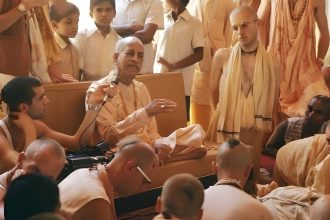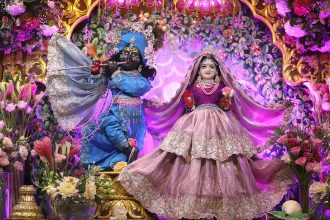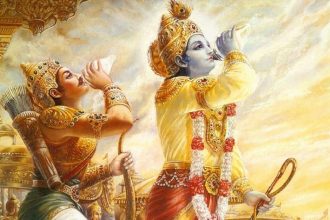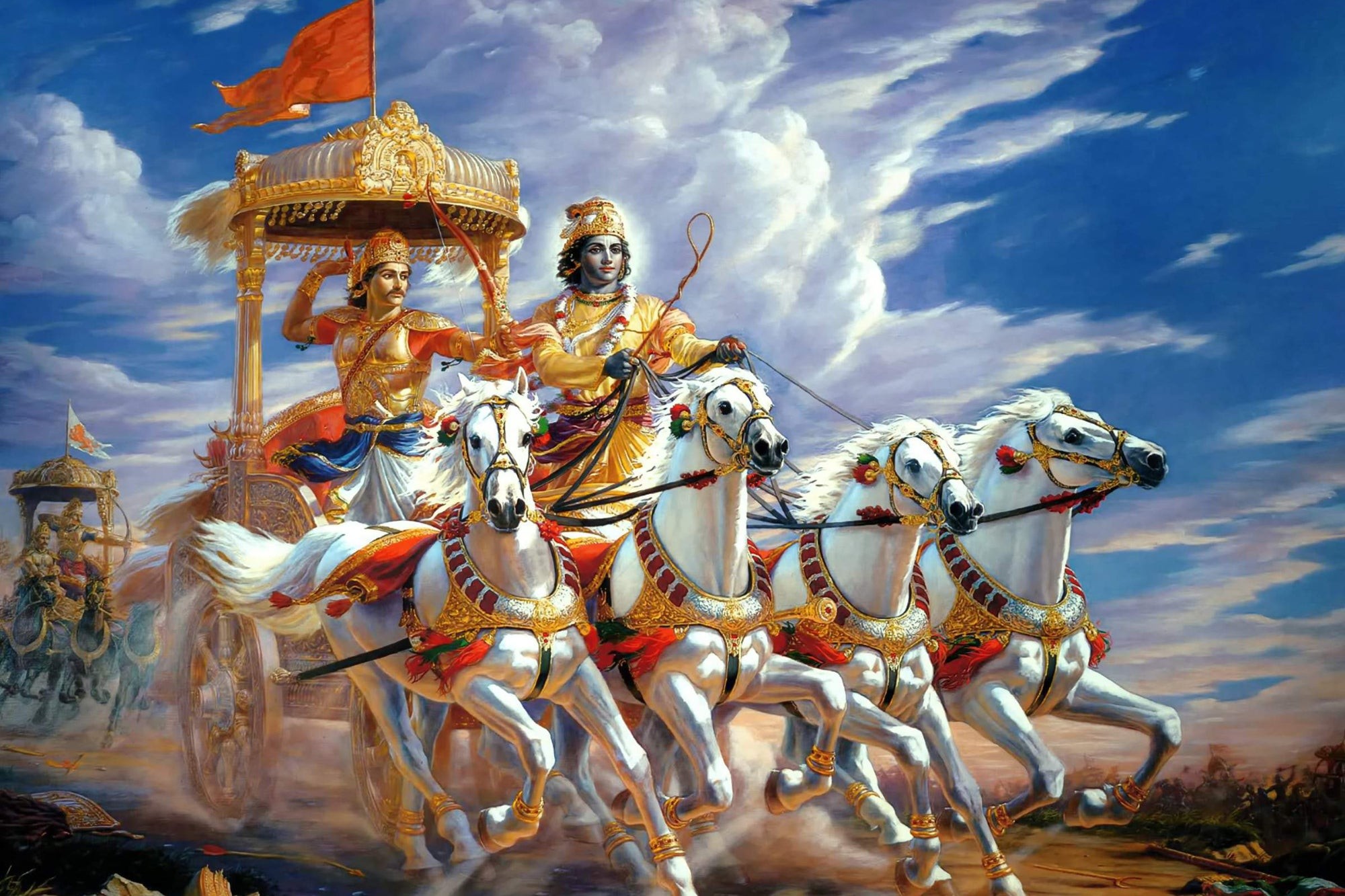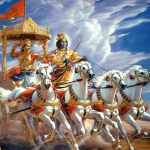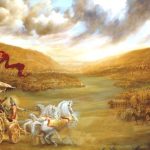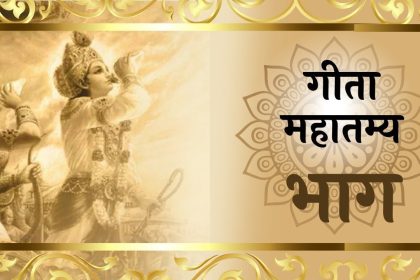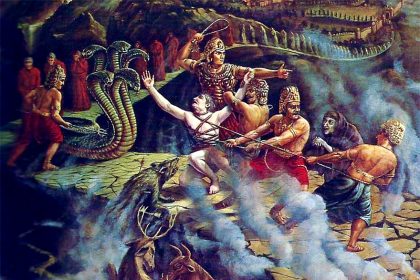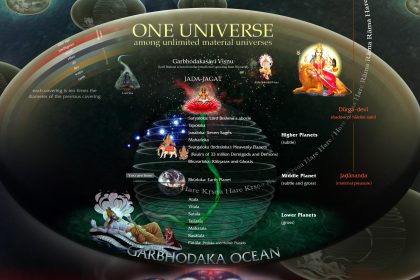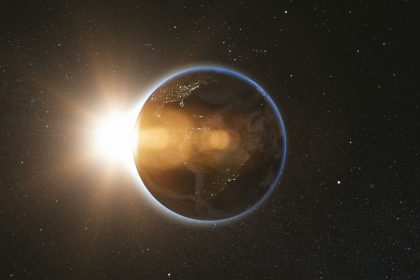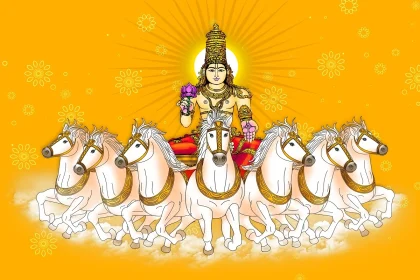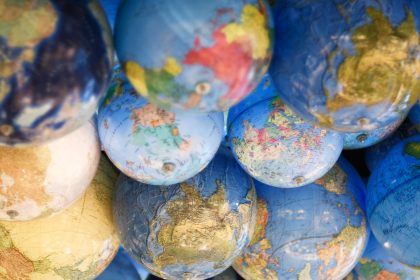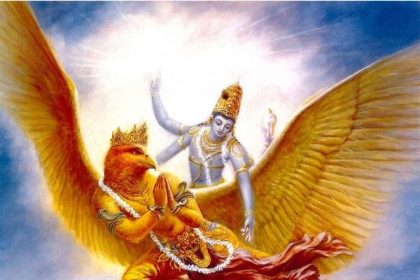The Material World
The living entities are traveling from one planet to another, but it is not that we can go to any planet we like merely by a mechanical arrangement. If we desire to go to other planets, there is a process for going there. This is also mentioned: yānti deva-vratā devān pitṝn yānti pitṛ-vratāḥ [Bg. 9.25]. No mechanical arrangement is necessary if we want interplanetary travel. The Gītā instructs: yānti deva-vratā devān. The moon, the sun and higher planets are called Svargaloka. There are three different statuses of planets: higher, middle and lower planetary systems. The earth belongs to the middle planetary system. Bhagavad-gītā informs us how to travel to the higher planetary systems (Devaloka) with a very simple formula: yānti deva-vratā devān. One need only worship the particular demigod of that particular planet and in that way go to the moon, the sun or any of the higher planetary systems.
Yet Bhagavad-gītā does not advise us to go to any of the planets in this material world, because even if we go to Brahmaloka, the highest planet, through some sort of mechanical contrivance by maybe traveling for forty thousand years (and who would live that long?), we will still find the material inconveniences of birth, death, disease and old age. But one who wants to approach the supreme planet, Kṛṣṇaloka, or any of the other planets within the spiritual sky, will not meet with these material inconveniences. Amongst all of the planets in the spiritual sky there is one supreme planet called Goloka Vṛndāvana, which is the original planet in the abode of the original Personality of Godhead Śrī Kṛṣṇa. All of this information is given in Bhagavad-gītā, and we are given through its instruction information how to leave the material world and begin a truly blissful life in the spiritual sky.
In the Fifteenth Chapter of the Bhagavad-gītā, the real picture of the material world is given. It is said there:
ūrdhva-mūlam adhaḥ-śākham
aśvatthaṁ prāhur avyayam
chandāṁsi yasya parṇāni
yas taṁ veda sa veda-vit
Here the material world is described as a tree whose roots are upwards and branches are below. We have experience of a tree whose roots are upward: if one stands on the bank of a river or any reservoir of water, he can see that the trees reflected in the water are upside down. The branches go downward and the roots upward. Similarly, this material world is a reflection of the spiritual world. The material world is but a shadow of reality. In the shadow there is no reality or substantiality, but from the shadow we can understand that there are substance and reality. In the desert there is no water, but the mirage suggests that there is such a thing as water. In the material world there is no water, there is no happiness, but the real water of actual happiness is there in the spiritual world.


